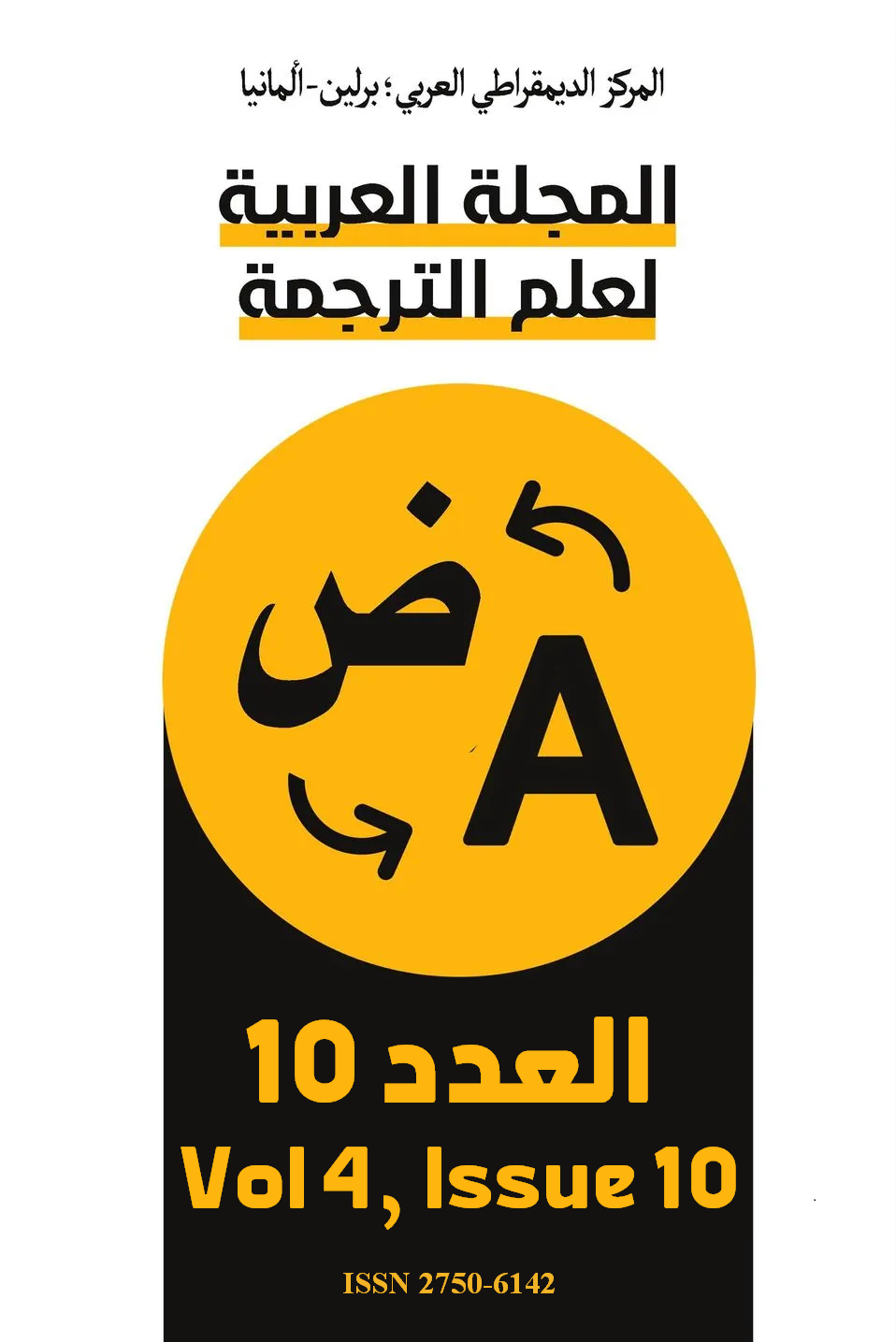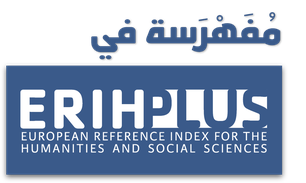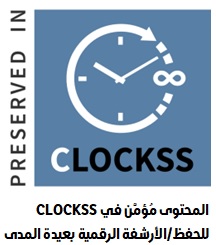L'impact du doublage et des sous-titres dans les films d'animation: catalyseurs du développement de la langue arabe chez l'enfant
DOI:
https://doi.org/10.63939/AJTS.epcdxw19الكلمات المفتاحية:
Film d’animation، Langue arabe، Compétence linguistique، Doublage، Sous-titrageالملخص
Cet article explore l'impact du doublage et du sous-titrage dans les films d'animation comme moyens d'enseignement de la langue arabe aux enfants. Il met en lumière l'efficacité de ces techniques audiovisuelles pour améliorer les compétences linguistiques des jeunes apprenants, notamment l'écoute, la compréhension, la prononciation, et l'interaction sociale. En exposant les enfants à des dialogues et à des situations culturelles variées, les films d'animation favorisent non seulement l'acquisition de la langue arabe mais aussi la compréhension des valeurs culturelles et sociales. L'étude de terrain révèle que ces outils rendent l'apprentissage plus interactif et stimulant, renforçant l'engagement des enfants. L'article propose également des perspectives pour des recherches futures, notamment sur l'intégration des films d'animation dans l'enseignement scolaire et l'exploration de l'impact des technologies modernes sur l'apprentissage linguistique et culturel.
التنزيلات
المراجع
Anderson, R. C., & Pearson, P. D. (1984). A schema-theoretic view of basic processes in reading comprehension. In P. D. Pearson (Ed.), Handbook of reading research (pp. 255-291). New York, NY: Longman
Bauman, Z. (2005). Liquid life. Cambridge: Polity Press
Bernard, R., Salomon, G., & Auernheimer, D. (2002). Audiovisual tools in language learning: Techniques and effectiveness. Educational Technology & Society, 5(4), 75-80
Bransford, J., Brown, A., & Cocking, R. (2000). How people learn: Brain, mind, experience, and school. Washington, D.C.: National Academy Press
Bruner, J. (1996). The culture of education. Cambridge, MA: Harvard University Press DOI: https://doi.org/10.4159/9780674251083
Gardner, H. (1993). Frames of mind: The theory of multiple intelligences. New York: Basic Books
Goleman, D. (1995). Emotional intelligence: Why it can matter more than IQ. New York: Bantam Books
Hall, S. (1997). Representation: Cultural representations and signifying practices. Thousand Oaks, CA: Sage Publications
Jordão, M., Silva, E., & Carvalho, A. (2015). The effectiveness of subtitles in second language acquisition: A case study with children. Journal of Language Learning and Technology, 19(1), 120-135
Kohlberg, L. (1984). Essays on moral development: Vol. 2. The psychology of moral development. San Francisco, CA: Harper & Row
Mayer, R. E. (2001). Multimedia learning. Cambridge: Cambridge University Press
Pérez, M., González, M., & Ruiz, A. (2010). The role of dubbing and subtitling in language learning. Language Teaching Research, 14(3), 230-250
Piaget, J. (1972). Psychology and epistemology: Towards a theory of knowledge. New York: Viking Press
Salomon, G. (1984). Interaction of media, cognition, and learning: An exploration of how and why media influence learning. Educational Communication and Technology, 32(2), 90-105
Snow, C. (2010). Academic language and the challenge of reading for learning about science. Science, 328(5977), 450-452 DOI: https://doi.org/10.1126/science.1182597
Vygotsky, L. S. (1978). Mind in society: The development of higher psychological processes. Cambridge, MA: Harvard University Press
التنزيلات
منشور
إصدار
القسم
الرخصة

هذا العمل مرخص بموجب Creative Commons Attribution-NonCommercial 4.0 International License.
يتأطرُ نَشَاطَا النشر والتوزيع الخَاصَّيْنِ بمقالات المجلة برخصة المشاع الإبداعي اللاتجارية والحافظة للنسب CC BY-NC 4.0، والتي تنص على الآتي:
- لك كقارئ أو زائر مُطْلَقُ الحرية في:
- المشاركة: نسخ وتوزيع ونقل العمل لأي مكان أو تحويله لأي شكل.
- التعديل:المزج، التحويل، والإضافة على العمل.
لا يمكن لنا كجهة مُرَخِّصَة إلغاء هذه الصلاحيات طالما اتبعتَ شروط الرخصة.
- يتوجب عليك في المقابل احترام الشروط التالية:
- نَسب المُصنَّف (المقالة):يجب عليك نَسب العمل لصاحبه بطريقة مناسبة، وتوفير رابط للترخيص، وبيانُ إذا ما قد أُجريت أي تعديلات على العمل. يُمْكِنُكَ القيام بهذا بأي طريقة مناسبة، ولكن على ألا يتم ذلك بطريقة توحي بأن المُؤَلِّف أو المُرَخِّص مُؤَيِّد لك أو لعملك.
- غير تجاري:لا يمكنك استخدام هذا العمل لأغراض تجارية.
- منع القيود الإضافية: يجب عليك ألا تُطَبِّقَ أي شروط قانونية أو تدابير تكنولوجية تقيد الآخرين من ممارسة الصلاحيات التي تَسْمَحُ بها الرخصة.












